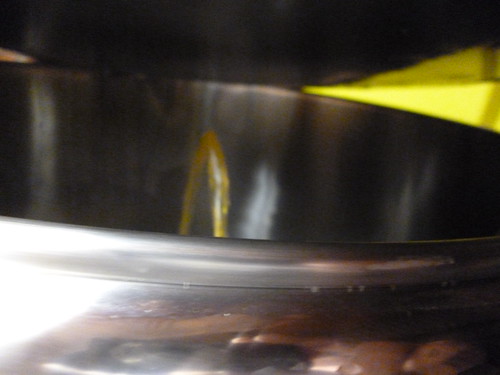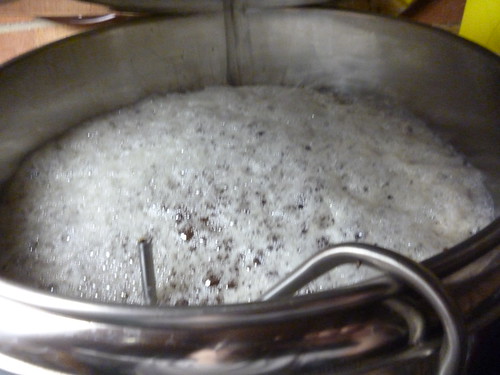Braufather
Landlord.
afternoon all,
After a couple of brews, I am no turning my attention to aeration. So far I have just let the wort drop into the FV from a bit of a height. As far as I can see options are
1) Elbow grease ââ¬â shake it all about for 10 mins or so
2) Mechanical- attach a paddle to a drill, paint stirrer or use a food blender
3) Invest in an aquarium pump and oxygen stone
4) Pump oxygen in from a canister
5) A pin prick of olive oil.
Option 5 looks a clear winner in terms of price and effort, but does it work?
Many people seem to swear by it, and many authorities recommend it but the guys in Belgium that pioneered it seemed to have given up on it. Most of the debate seems to have happened 4 or 5 years ago so itââ¬â¢s a bit unclear?
Anyone use olive oil?
If not which of the others are best? I know only direct oxygen can get levels above 8, but does that matter?
After a couple of brews, I am no turning my attention to aeration. So far I have just let the wort drop into the FV from a bit of a height. As far as I can see options are
1) Elbow grease ââ¬â shake it all about for 10 mins or so
2) Mechanical- attach a paddle to a drill, paint stirrer or use a food blender
3) Invest in an aquarium pump and oxygen stone
4) Pump oxygen in from a canister
5) A pin prick of olive oil.
Option 5 looks a clear winner in terms of price and effort, but does it work?
Many people seem to swear by it, and many authorities recommend it but the guys in Belgium that pioneered it seemed to have given up on it. Most of the debate seems to have happened 4 or 5 years ago so itââ¬â¢s a bit unclear?
Anyone use olive oil?
If not which of the others are best? I know only direct oxygen can get levels above 8, but does that matter?





